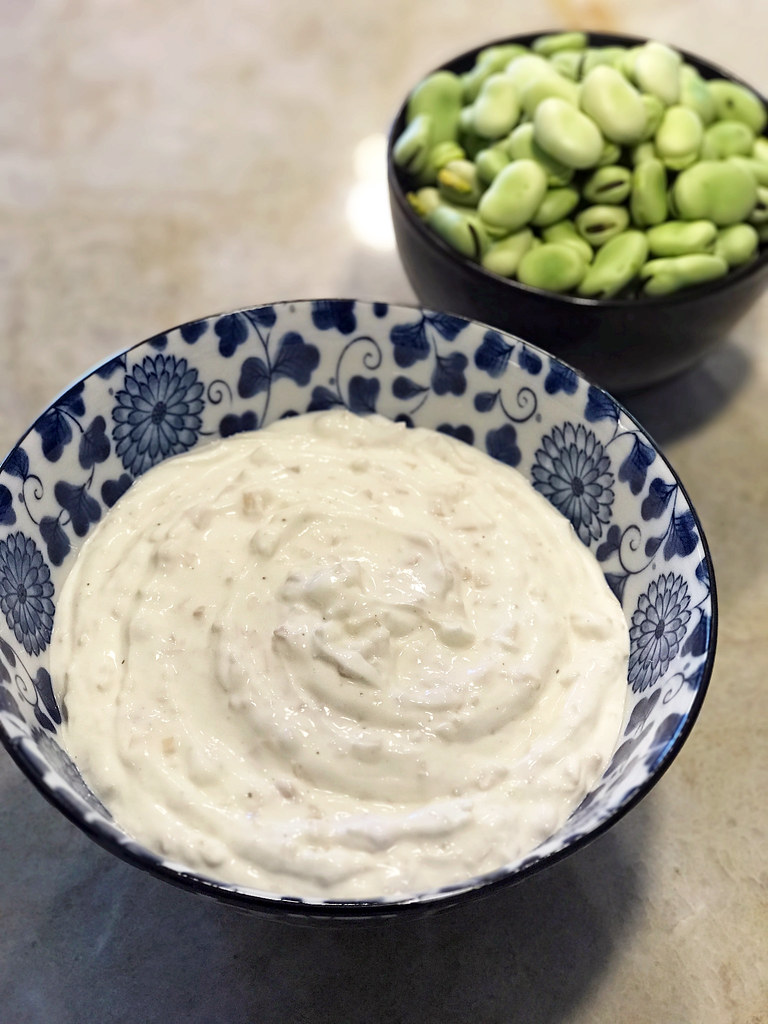This Persian Gulf-style spiced chicken and basmati rice pilaf is piled high with heaps of fried onions and potatoes. And I mean let’s be real: who doesn’t love fried potatoes? I adapted this from Najmieh Batmanglij’s Cooking in Iran, her tome on the lesser-explored regional cuisines of Iran. The rice is cooked in the spiced chicken broth, giving the dish a decadently rich flavor. I didn’t grow up with this dish, but it’s becoming part of my rotation now.

Ingredients:
For the chicken:
1/2 cup dried chickpeas, soaked overnight in water with 1/2 teaspoon baking soda, drained and rinsed
1 1/2 pounds skinless chicken thighs
1 teaspoon salt
1 teaspoon pepper
1 teaspoon turmeric
1/4 teaspoon ground cardamom
1/4 teaspoon ground ginger
1/4 teaspoon ground coriander
1/4 teaspoon red pepper flakes
1/4 teaspoon ground cumin
2 tablespoons tomato paste
1 2-inch cinnamon stick
6 cups water
For the rice:
2 cups basmati rice, soaked in water for 15 minutes, drained and rinsed at least 3 times
For the garnish:
1/3 cup olive oil
1 pound russet potatoes, peeled and diced into 1-inch cubes
2 onions, peeled and thinly sliced
1/2 teaspoon salt
1 teaspoon turmeric
1 tablespoon ground heart of dried Persian limes (limoo omani)
1/2 cup currants or raisins, soaked in water for 10 minutes and drained
1. To cook the chicken: In a large pot, place all the ingredients for the chicken and bring to a boil. Reduce heat to low, cover, and cook for 45 minutes, until the chicken is tender. Place a sieve over a large bowl and drain the chicken, reserving the broth. Return the broth to the pot and set the chicken and chickpeas aside.
2. To cook the rice: Add the rice to the broth. Give it a stir with a cooking spoon and bring it back to a boil. Cover and simmer over low heat for 30 to 40 minutes until the rice is tender and the broth has been absorbed.
3. Make the garnish: In a wide skillet, heat 2 tablespoons oil over medium heat. Add the potatoes and saute until golden brown. Remove the potatoes from the skillet and set aside on a paper towel-lined plate.
4. Add the remaining oil to the same skillet and saute the onion over medium low heat for about 30 minutes, until golden brown. Add the salt, turmeric, dried lime, currants, and potato, and saute for another 2 minutes.
5. Just before serving, heat 2 teaspoons oil in a wide skillet over medium heat until hot. Saute the chicken and chickpeas until golden, about 5 to 7 minutes.
6. To serve: Remove the rice from the pot and transfer it to a serving platter. Arrange the chicken and garnish on top. Serve with sabzi khordan (fresh herb platter).




